Jelgava (pop. 60 000) is the largest city in Semigallia region and Latvia’s 4th largest city.
It served as the capital of rich Duchy of Courland and Semigallia (1561-1795) which was rich enough to partake in the colonization fo Americas. Baroque Jelgava Palace (1772) is thus espeially massive and impressive from the outside, however its interior has been destroyed. Only the Ducal crypt may still be visited (offering a collection of elaborate sarcophagi). Rundale Palace (a very similar one to Jelgava and owned by the same dukes of Courland-Semigallia) has surviving interior and park and is merely 36 km from Jelgava.
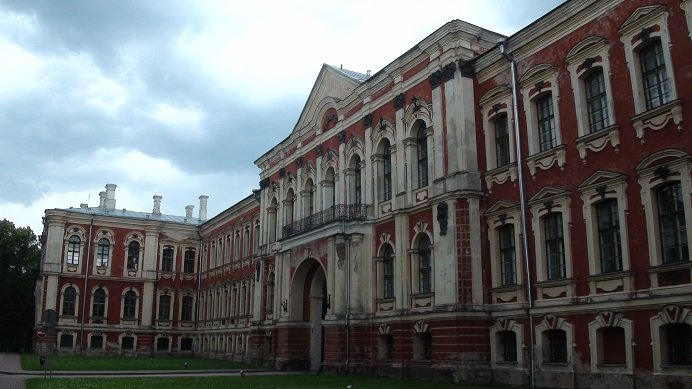
Before their fall to Russian annexation in 1795 the dukes of Courland-Semigallia also funded a Baroque Academia Petrina. Even after the collapse of the country it served as alma mater to many famous people of the entire Baltic region (such as president of Lithuania Antanas Smetona).
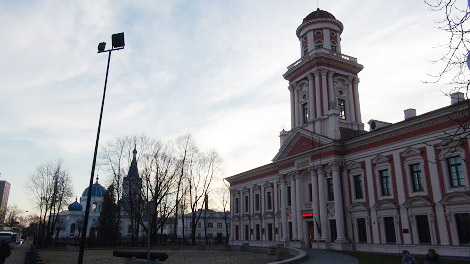
Several churches (Russian-built St. Simeon and Anna Orthodox and a gothic revival Catholic) are located near Academia Petrina. Medieval Holy Trinity church between the Academia and the Palace was destroyed by Soviets but they left the tower (50 m) standing (observation platform and museum now available inside).
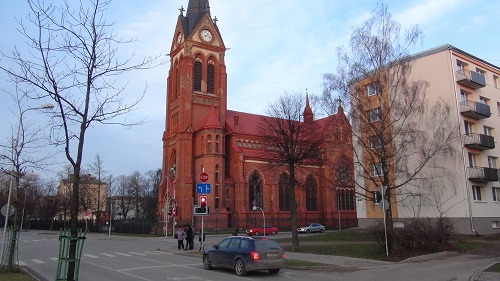
While some other stately buildings also remain, Jelgava has been greatly rebuilt under Soviet occupation, giving it a largely nondescript look.
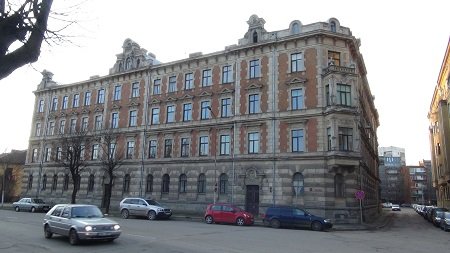
A rather large intact area of 18th-19th century small buildings known as Old Town is located in the West of Jelgava. The streets there have been re-cobbled and some buildings restored (though others remain abandoned and the zone seems “died out”). Informational plaques have been built. St. Anne Lutheran church (the oldest building of Jelgava) is nearby.
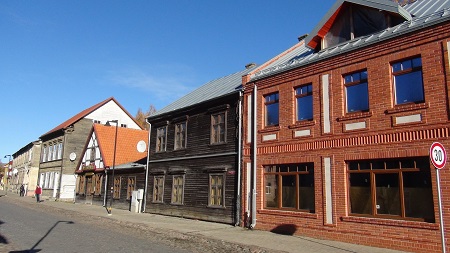
A short distance from Riga (45 km to the downtown) made Jelgava a kind of semi-suburb.
